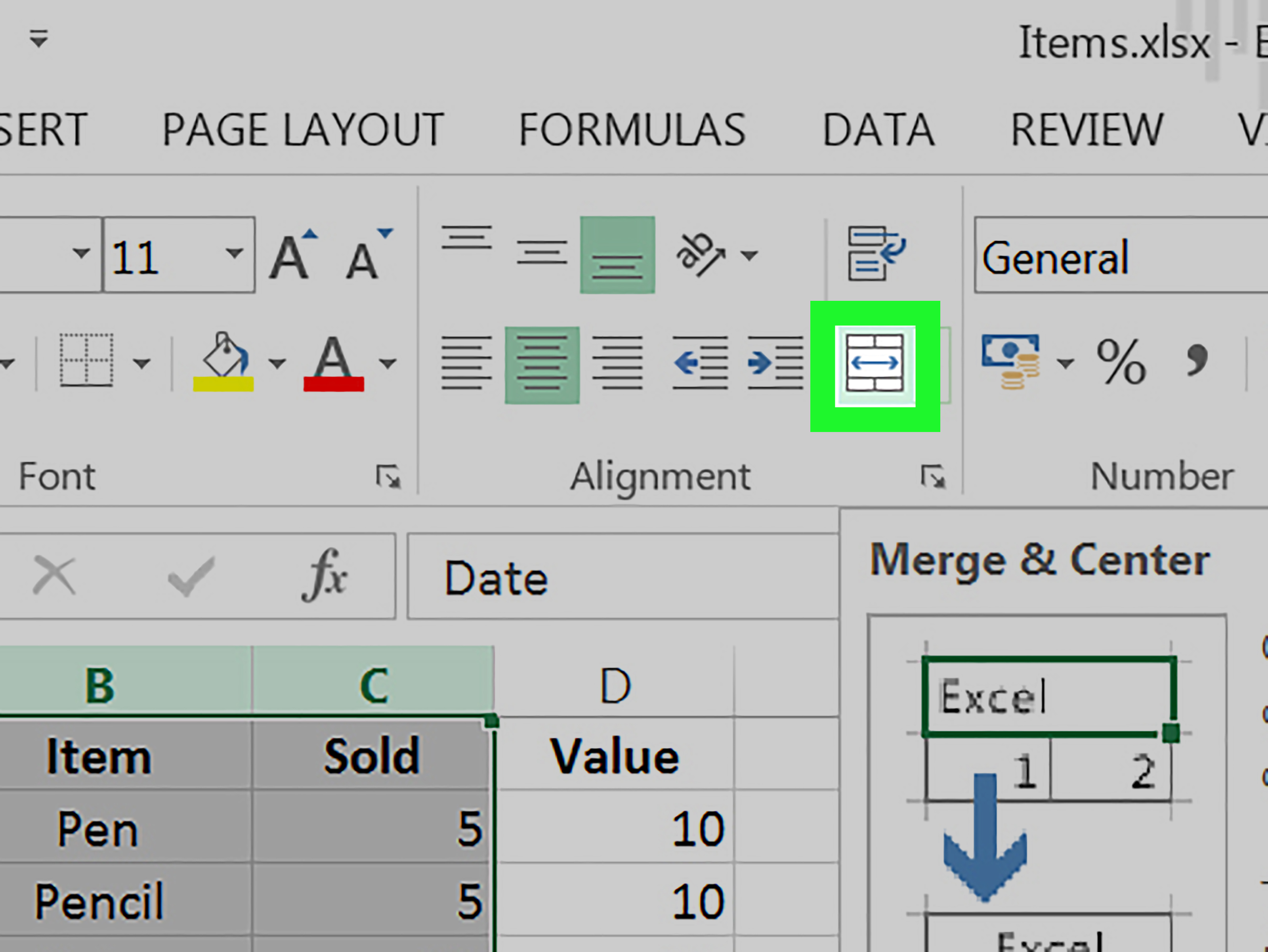3 Simple Steps to Merge Sheets in Excel 2017

When you are dealing with large datasets or managing data from multiple sources in Microsoft Excel, knowing how to combine sheets can be incredibly useful. Whether it's consolidating financial reports, merging customer lists, or aggregating data for analysis, Excel provides efficient methods to bring data from different sheets into one place. Here, we'll explore three straightforward steps to merge sheets in Excel 2017.
Step 1: Prepare Your Data

Before merging sheets, ensure your data is organized in a way that supports efficient merging:
- Consistent Headers: Ensure that all sheets have identical headers. This consistency is crucial for a seamless merge.
- Data Cleaning: Remove any extraneous data, clear duplicates, or correct errors in each sheet.
- Format Consistency: Align the format of numbers, dates, or any special cells across all sheets to prevent discrepancies.
Step 2: Use Excel’s Built-In Tools

Excel 2017 has several tools that can simplify the process of merging sheets:
Consolidate Data

Here’s how to use Excel’s Consolidate feature:
- Open a new worksheet or select where you want the merged data to appear.
- Go to the Data tab on the Ribbon and click on Consolidate.
- In the Consolidate dialog box, select the function you wish to use for merging (e.g., Sum, Average).
- Add each range from the sheets you want to merge using the Add button. Ensure you’re selecting all the cells you want to merge from each sheet.
- Click OK to merge the data.
💡 Note: When using Consolidate, you have to be aware of how the function you've selected will treat duplicates or overlapping data.
Vlookup, Index, and Match Functions

If you need to combine sheets based on a common key:
- In your destination sheet, select the cell where you want the first merged data to appear.
- Enter the VLOOKUP or INDEX/MATCH formula, referencing the sheets you want to merge. For example:
- Drag the formula down to apply it to the entire column.
=VLOOKUP(A2, Sheet2!A2:B100, 2, FALSE)📌 Note: If you're using VLOOKUP, the lookup value must be in the first column of the range you're looking up against.
Using Power Query

For more complex merging:
- Select your source sheets and load them into Power Query.
- Use the Append Queries function from the Home tab in Power Query Editor.
- Append all sheets into one query, then load the combined data back into Excel.
Step 3: Verify and Format

After merging, review and adjust your data:
- Check for Errors: Ensure that the merge didn’t introduce any errors or missing data.
- Format Data: Apply conditional formatting, table styles, or any relevant formatting to make the merged data more readable.
- Save and Share: Save your Excel workbook with the merged data and share it with stakeholders if necessary.
🔍 Note: Using conditional formatting can help highlight any discrepancies or irregularities in your merged data.
Merging sheets in Excel 2017 doesn’t have to be a daunting task. With preparation, the right tools, and careful verification, you can consolidate and enhance your data effectively. Whether you’re consolidating financial reports, merging customer lists, or aggregating data for analysis, these three steps will ensure that you do so with ease.
Can I merge sheets with different column headers?

+
It’s best to have consistent headers for a straightforward merge. However, you can manually adjust or use Power Query to transform mismatched headers before merging.
What if my sheets have different row counts?

+
When using methods like VLOOKUP or Power Query, different row counts are not an issue as long as the data to be merged matches on the key field. If not, blanks will fill in the gaps.
How can I deal with duplicate data when merging sheets?

+
Use Excel’s Remove Duplicates feature before or after merging or select functions in the Consolidate tool like Count or Unique to handle duplicates appropriately.